 When imagining predators, we often picture a male lion or a wolf leading the hunt. However, in the animal kingdom, females frequently hold the real power. Their dominance extends beyond physical strength to strategy and cunning. Females manipulate social hierarchies, fiercely protect their young, and employ hunting techniques that can surpass those of males. In some species, they even turn reproduction into a lethal affair, using intelligence and precision to secure survival. Across the wild, female animals demonstrate that adaptability, resourcefulness, and deadly efficiency are not exclusive to males, proving that in nature, it is often the females who wield the ultimate authority in both life and death.
When imagining predators, we often picture a male lion or a wolf leading the hunt. However, in the animal kingdom, females frequently hold the real power. Their dominance extends beyond physical strength to strategy and cunning. Females manipulate social hierarchies, fiercely protect their young, and employ hunting techniques that can surpass those of males. In some species, they even turn reproduction into a lethal affair, using intelligence and precision to secure survival. Across the wild, female animals demonstrate that adaptability, resourcefulness, and deadly efficiency are not exclusive to males, proving that in nature, it is often the females who wield the ultimate authority in both life and death.
10 powerful female predators showing how females dominate in nature
Mosquitoes Female mosquitoes are nature’s silent killers. Unlike males, which feed on nectar, females require blood to develop eggs. This necessity makes them carriers of deadly diseases, including malaria, dengue fever, and Zika virus. Malaria alone claims over 400,000 lives annually, mostly children in Africa. The female mosquito’s role in disease transmission demonstrates how even the smallest creatures can have a profound influence on ecosystems and human populations. Their deadly impact is a combination of biology and survival strategy, showing that power is not always about size.Black Widow Spiders
Female mosquitoes are nature’s silent killers. Unlike males, which feed on nectar, females require blood to develop eggs. This necessity makes them carriers of deadly diseases, including malaria, dengue fever, and Zika virus. Malaria alone claims over 400,000 lives annually, mostly children in Africa. The female mosquito’s role in disease transmission demonstrates how even the smallest creatures can have a profound influence on ecosystems and human populations. Their deadly impact is a combination of biology and survival strategy, showing that power is not always about size.Black Widow Spiders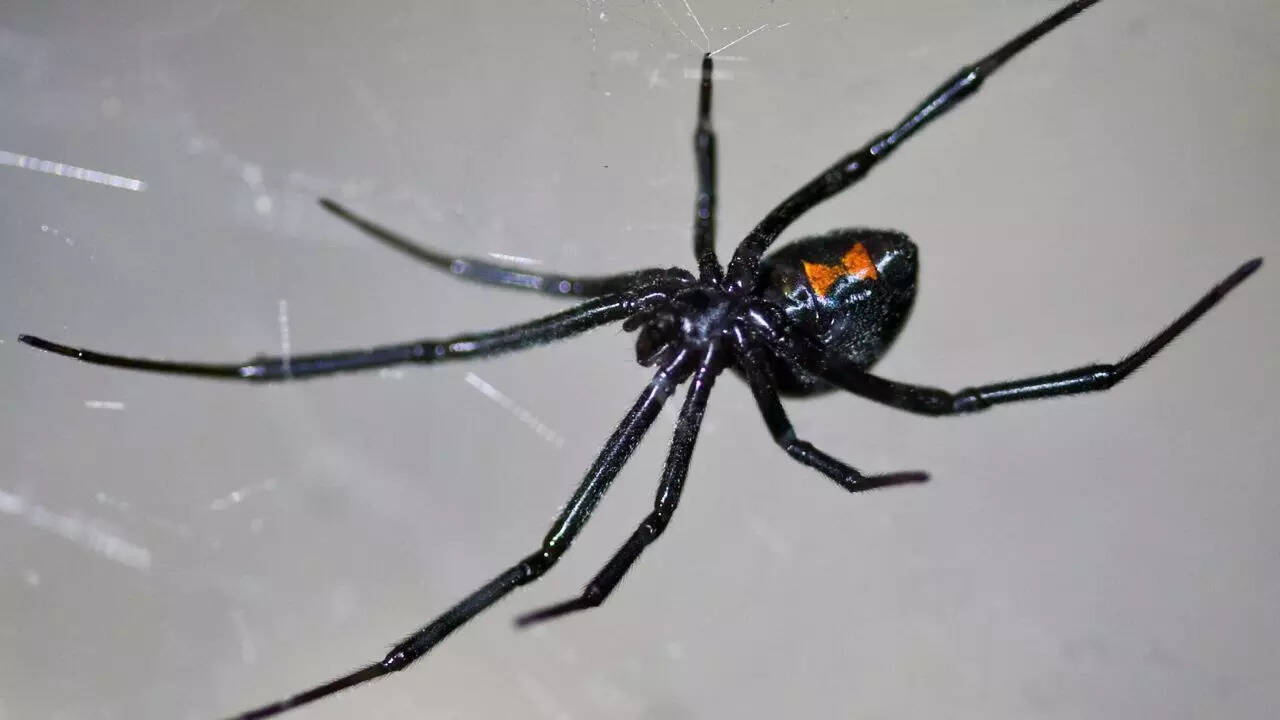 The female black widow spider is notorious for her venom, which contains a potent neurotoxin capable of causing intense pain in humans. In some cases, she may consume her mate post-mating, an act that ensures her nutrition and strengthens her offspring’s survival chances. This combination of predation and reproductive strategy illustrates the calculated, lethal efficiency of females in the wild. Their small size hides a deadly capacity, highlighting that danger in nature can come in miniature form.Sloth Bears
The female black widow spider is notorious for her venom, which contains a potent neurotoxin capable of causing intense pain in humans. In some cases, she may consume her mate post-mating, an act that ensures her nutrition and strengthens her offspring’s survival chances. This combination of predation and reproductive strategy illustrates the calculated, lethal efficiency of females in the wild. Their small size hides a deadly capacity, highlighting that danger in nature can come in miniature form.Sloth Bears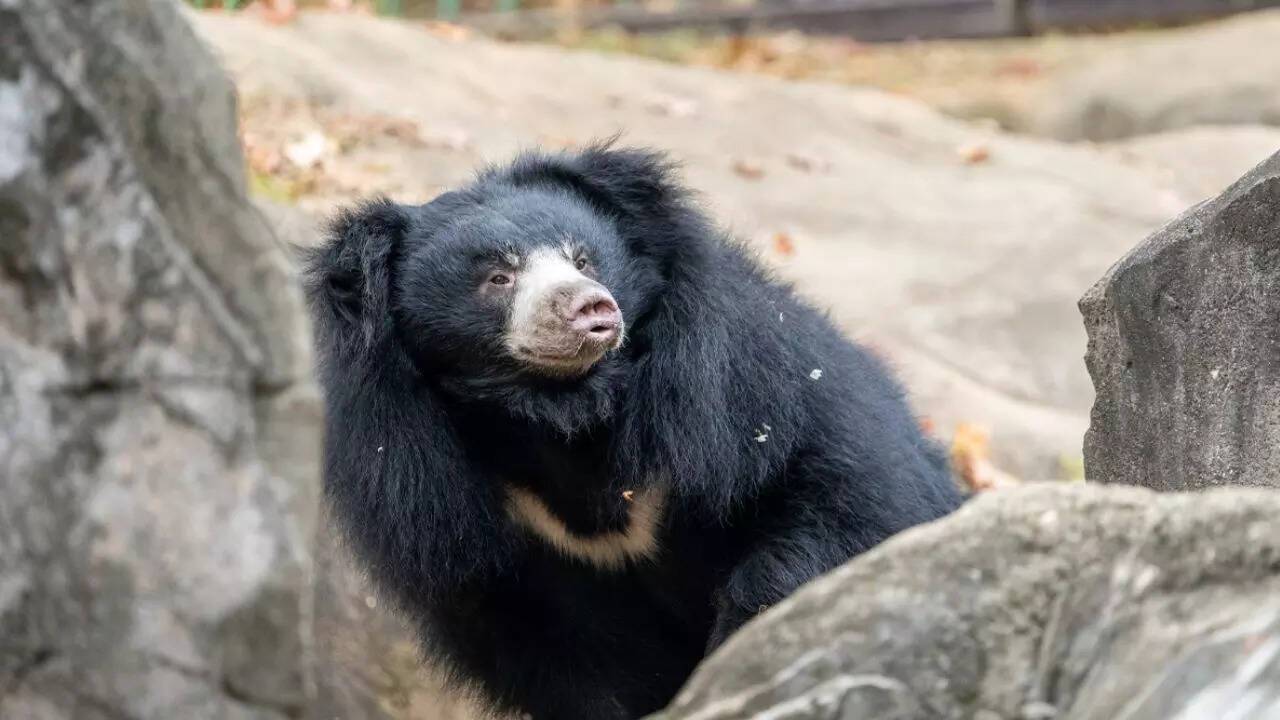
Source: National Zoo
Female sloth bears appear slow and docile, but their behaviour dramatically shifts when protecting their young. Cubs are vulnerable to predators like tigers and leopards, so mothers use roars, sharp claws, and fearless aggression to defend them. In India and Sri Lanka, sloth bears have been documented attacking humans if approached too closely, showcasing their courage and the intensity of maternal instincts in wildlife. Their power lies not just in physical strength but in the readiness to confront threats decisively.Spotted Hyenas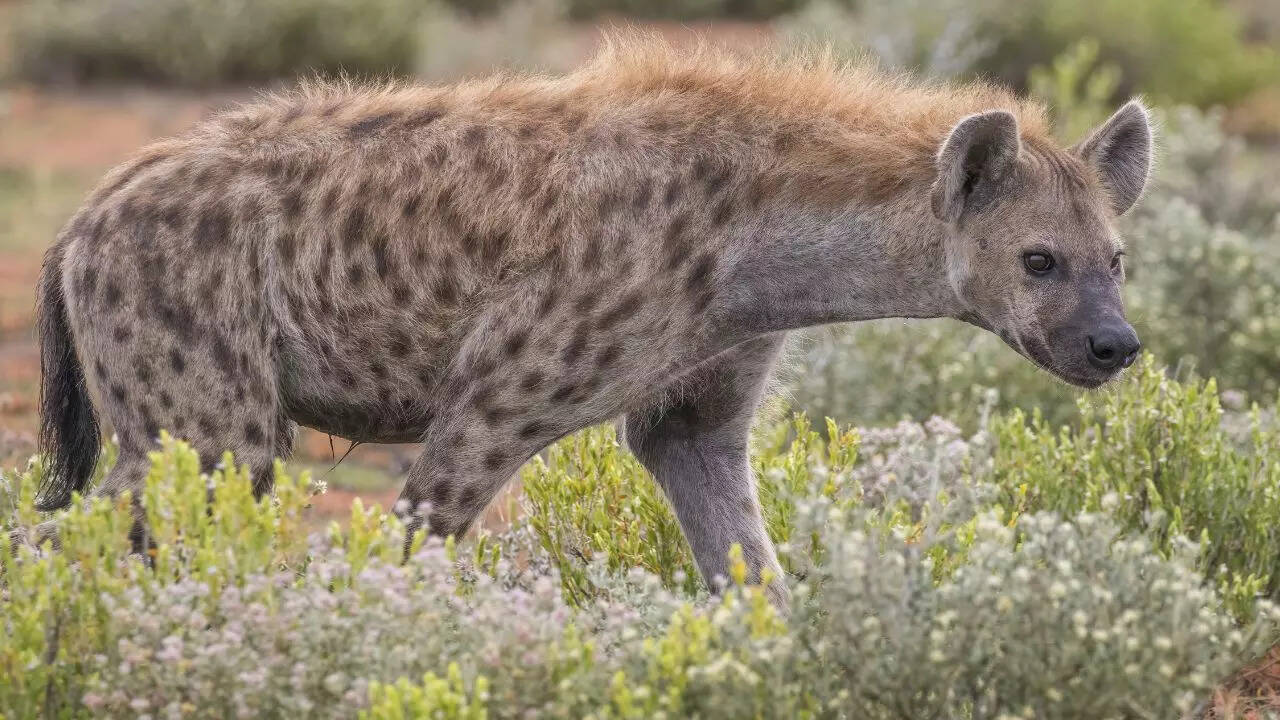 In spotted hyena clans, females dominate the hierarchy. Larger and more aggressive than males, they control access to food, mating opportunities, and social standing. Hyena matriarchs also guide hunting strategies, ensuring survival of the clan. Their leadership is a mix of intelligence, social manipulation, and raw strength. Interestingly, female hyenas possess higher testosterone levels than males, contributing to their aggressive, commanding behaviour. These matriarchs are a prime example of female dominance shaping entire societies.Orcas
In spotted hyena clans, females dominate the hierarchy. Larger and more aggressive than males, they control access to food, mating opportunities, and social standing. Hyena matriarchs also guide hunting strategies, ensuring survival of the clan. Their leadership is a mix of intelligence, social manipulation, and raw strength. Interestingly, female hyenas possess higher testosterone levels than males, contributing to their aggressive, commanding behaviour. These matriarchs are a prime example of female dominance shaping entire societies.Orcas Orcas, or killer whales, live in highly organised pods led by elder females. These matriarchs make crucial decisions, from hunting strategies to migration routes, passing on decades of knowledge to younger pod members. They are adept at coordinating complex hunts, using teamwork and strategy to capture prey much larger than themselves. Female orcas illustrate how experience, wisdom, and leadership can be more important than raw power in ensuring survival and success.Mantis Shrimp
Orcas, or killer whales, live in highly organised pods led by elder females. These matriarchs make crucial decisions, from hunting strategies to migration routes, passing on decades of knowledge to younger pod members. They are adept at coordinating complex hunts, using teamwork and strategy to capture prey much larger than themselves. Female orcas illustrate how experience, wisdom, and leadership can be more important than raw power in ensuring survival and success.Mantis Shrimp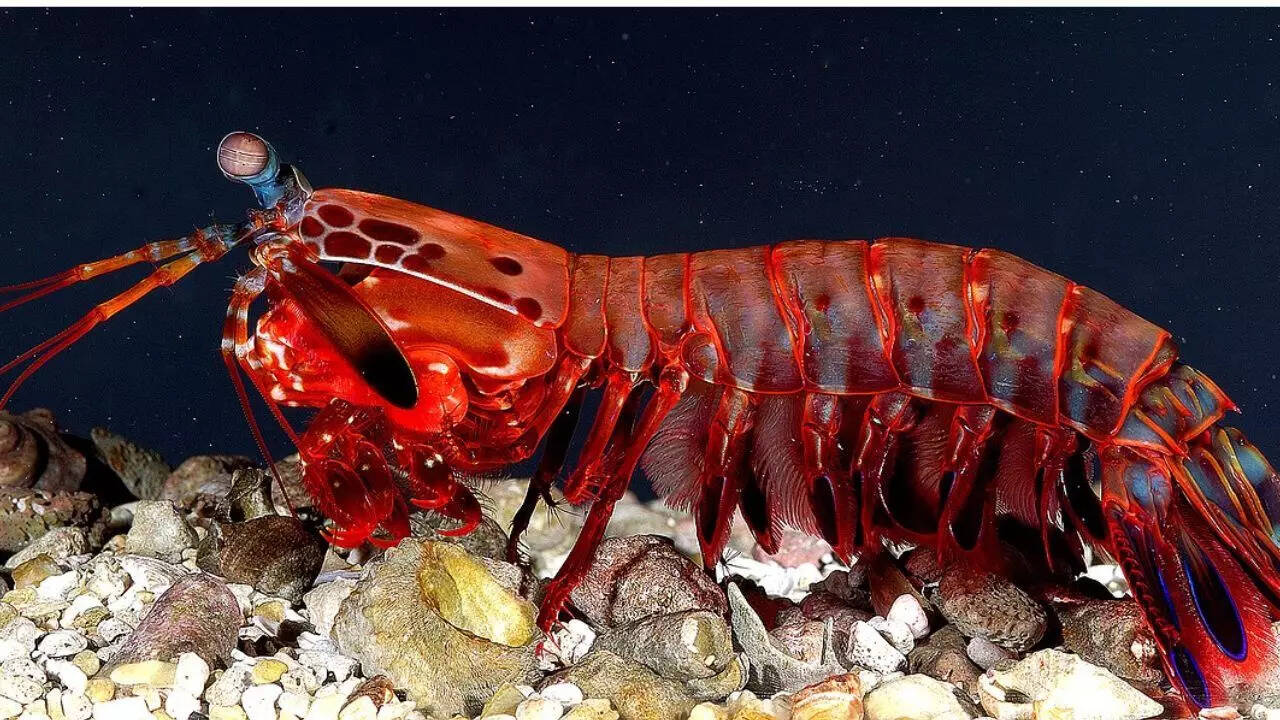 Female mantis shrimp appear delicate but are extraordinary predators. Equipped with raptorial claws, they can strike at speeds exceeding 50 mph, generating forces strong enough to crack crab shells or aquarium glass. These strikes also produce cavitation bubbles, which can stun prey even without direct contact. Despite their small size, their predatory efficiency and destructive capacity make them one of the animal kingdom’s most powerful female hunters relative to body size.Meerkats
Female mantis shrimp appear delicate but are extraordinary predators. Equipped with raptorial claws, they can strike at speeds exceeding 50 mph, generating forces strong enough to crack crab shells or aquarium glass. These strikes also produce cavitation bubbles, which can stun prey even without direct contact. Despite their small size, their predatory efficiency and destructive capacity make them one of the animal kingdom’s most powerful female hunters relative to body size.Meerkats In meerkat colonies, dominant females hold all reproductive power. They actively suppress breeding among subordinate females by aggression or eviction, ensuring their own pups receive the best resources and protection. This harsh but effective social strategy increases the survival rates of their offspring. Meerkat dominance is a reminder that in the wild, reproductive control and social intelligence are as crucial as physical strength in maintaining power.Portia Spiders
In meerkat colonies, dominant females hold all reproductive power. They actively suppress breeding among subordinate females by aggression or eviction, ensuring their own pups receive the best resources and protection. This harsh but effective social strategy increases the survival rates of their offspring. Meerkat dominance is a reminder that in the wild, reproductive control and social intelligence are as crucial as physical strength in maintaining power.Portia Spiders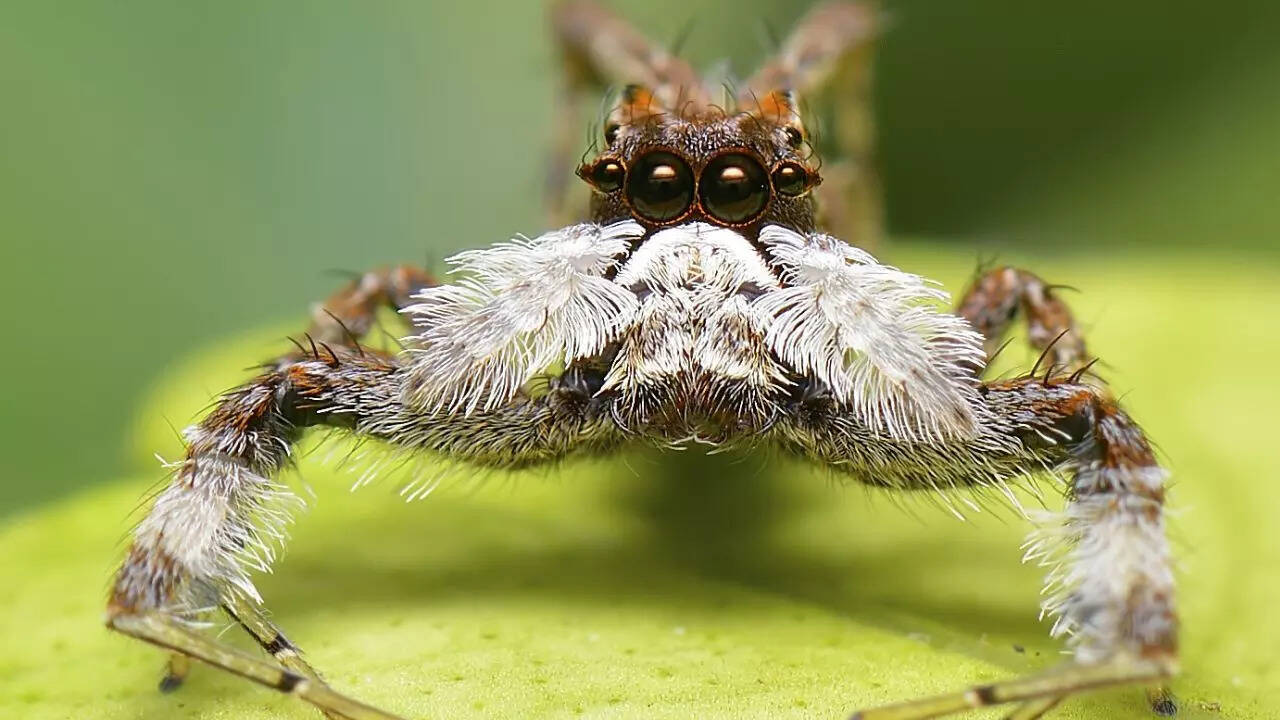 Female Portia spiders are highly intelligent hunters. They don’t rely on brute force but on strategy and planning, often luring other spiders into traps and anticipating their prey’s behaviour. This “hunting chess” approach demonstrates that predation in nature can be cognitive. Their problem-solving skills rival some mammals, proving that intelligence and adaptability are deadly weapons in their own right.Tasmanian Devils
Female Portia spiders are highly intelligent hunters. They don’t rely on brute force but on strategy and planning, often luring other spiders into traps and anticipating their prey’s behaviour. This “hunting chess” approach demonstrates that predation in nature can be cognitive. Their problem-solving skills rival some mammals, proving that intelligence and adaptability are deadly weapons in their own right.Tasmanian Devils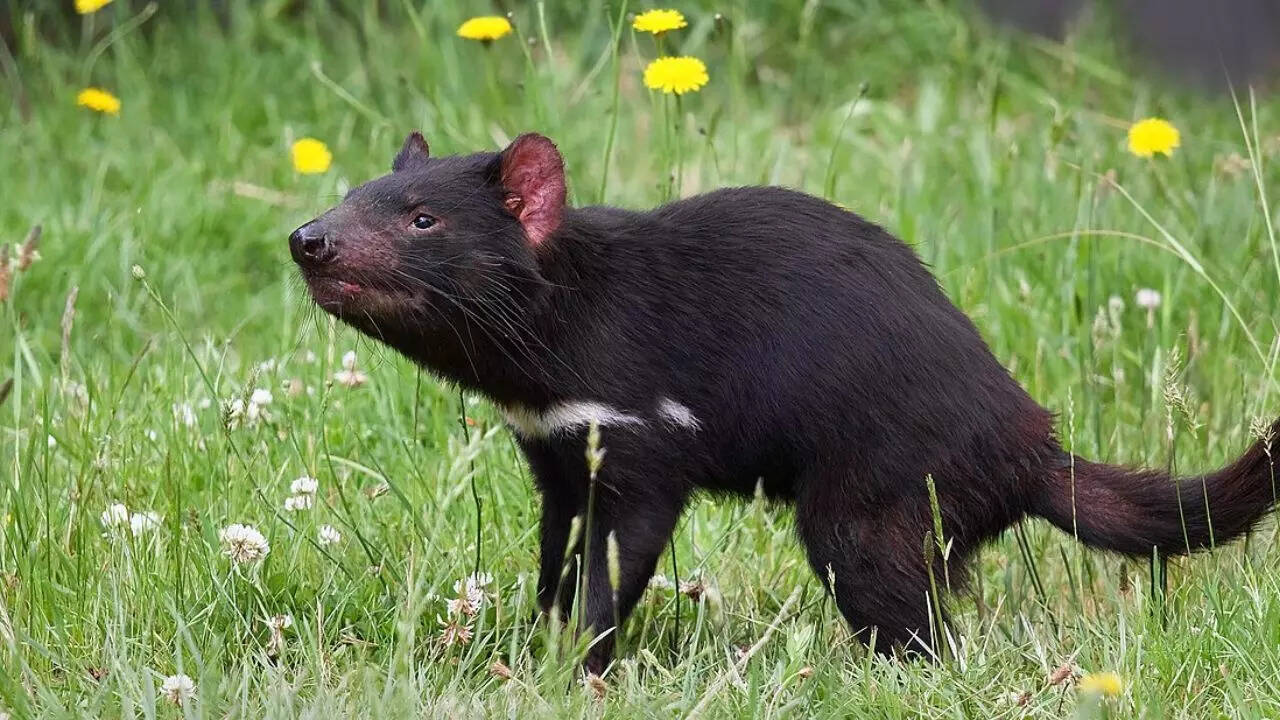 Female Tasmanian devils are relentless in defending their young. They possess one of the strongest bites for their size, and their aggressive attitude ensures threats are met head-on. In Tasmania’s harsh environment, survival often depends on toughness and quick decision-making. Female devils combine physical power with fierce maternal protection, exemplifying how reproductive investment drives extreme behaviours in predators.Praying mantises
Female Tasmanian devils are relentless in defending their young. They possess one of the strongest bites for their size, and their aggressive attitude ensures threats are met head-on. In Tasmania’s harsh environment, survival often depends on toughness and quick decision-making. Female devils combine physical power with fierce maternal protection, exemplifying how reproductive investment drives extreme behaviours in predators.Praying mantises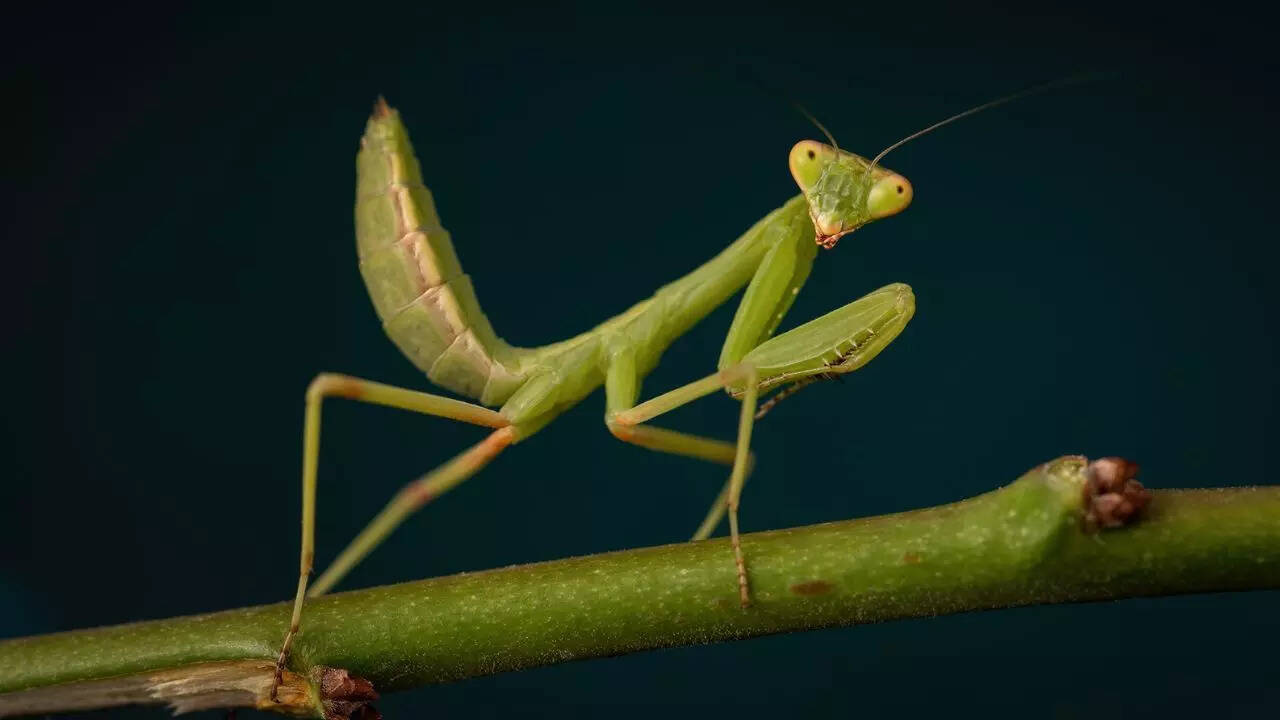 Female praying mantises are infamous for sometimes consuming their mates during or after copulation. This behaviour provides critical nutrition, boosting egg development and offspring survival. Beyond their reproductive strategy, female mantises are skilled hunters, ambushing prey with lightning-fast strikes. They demonstrate that lethality in females can manifest both through hunting prowess and reproductive strategy, making them one of nature’s most iconic female predators.
Female praying mantises are infamous for sometimes consuming their mates during or after copulation. This behaviour provides critical nutrition, boosting egg development and offspring survival. Beyond their reproductive strategy, female mantises are skilled hunters, ambushing prey with lightning-fast strikes. They demonstrate that lethality in females can manifest both through hunting prowess and reproductive strategy, making them one of nature’s most iconic female predators.

